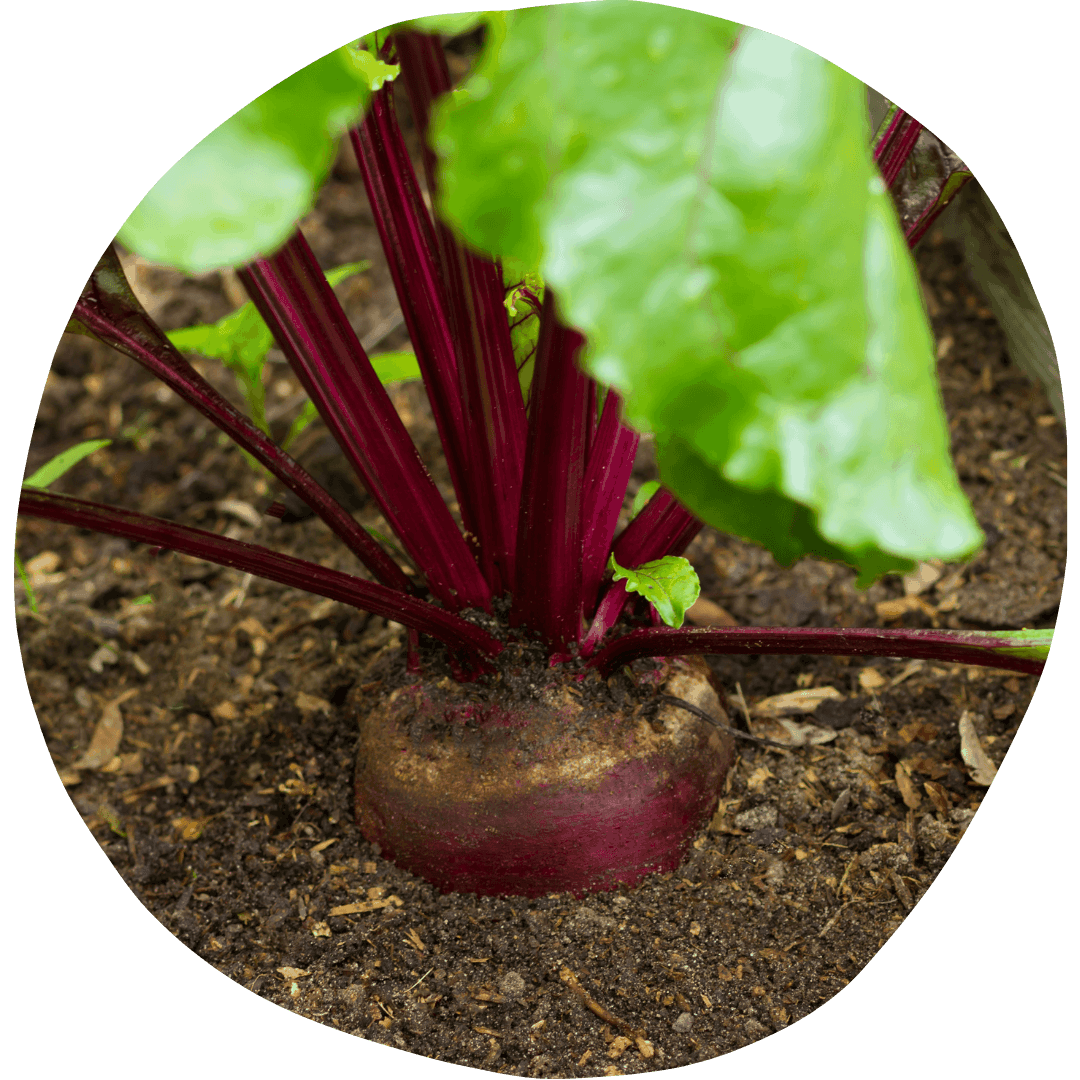How to Grow Beets
Growing Conditions
Beets are a fast growing, cool-season crop that prefer well-prepared soil free of rocks and debris. Choose a location that drains well and receives full to part sun. Obstructions in the soil can cause stunted or malformed root growth. To prepare for planting, work the soil down to several inches deep and remove any debris. Add organic matter and till into existing soil.
Starting
Beets can be planted as soon as the soil is workable in the spring. Waiting until the soil has warmed to 10°C will speed germination time, which typically takes 5-10 days. Beets are slightly more tolerant of disturbance to their roots than most other root vegetables and can be transplanted when young, but we recommend direct sowing in the garden when possible. Sow your seeds in rows ½” deep and space plants 1-2" apart. Seeds can be soaked prior to planting to improve germination rates. Beets need to be thinned once plants reach 4-5" tall to maintain proper spacing. For successional harvests, plant beets every 2-3 weeks. Avoid planting during hot, dry spells in the summer.
Find our full guide to seed starting here.

Care
Thin your beet seedlings by pinching them off at the soil when your seedlings have reached 4-5" in height. Allow them around 3-4” of space. The more space you provide, the larger each root can become. You can check back in a few weeks and do a second thinning if more seedlings have popped up.
Beets are generally low maintenance, but they do require some attention during the growing season. If your soil is not rich in nutrients you may need to fertilize after a few weeks of growth. We recommend a fertilizer high in potassium and phosphate (for vigorous root growth) and low in nitrogen (to avoid excessive top growth) such as our Garden Fertilizer with Boron or Neptune's Harvest Tomato and Vegetable fertilizer. Liquid or granular fertilizers are best to avoid disturbing the beet roots. Beets require at least an inch of water per week and may require supplemental watering during dry spells in the summer. Keep your beds well weeded throughout the growing season.
Pests and Diseases
Flea Beetles - Small black beetles that feed on leaves and stems, leaving holes and discoloured patches.
Leaf Miners - Larvae that tunnel through leaf tissue, leaving irregular patterns of damage.
Wireworms - Larvae that feed on seeds and roots. Look for wilting, yellowing tops.
Mosaic Virus - A virus that causes mottled light and dark spots on leaves and stunted growth.
Crop rotation, garden cleaning, and proper spacing between plants are the best ways to prevent problems caused by pests and diseases. Diatomaceous earth can be used to control crawling pest species, while sticky traps will catch flying pests. Row covers and insect netting can also prevent travelling pests from landing on your crops and causing damage. Ensure good drainage in your chosen planting spot to prevent problems with fungus and rot. Contact us for more specialized pest control methods such as beneficial nematodes.
Harvest
It generally takes 50-60 days for beets to grow to their full size, depending on the variety. Harvest when beets have reached a size similar to a golf ball for baby beets, or fist sized for fully mature beets. Beet greens can be harvested at any time, but be sure to leave some leaves behind so the roots can continue to grow. If beets are left in the ground too long, they can lose their flavour and become woody.
Harvest your beets by gently grasping the leaves at the crown and pulling them up. If they do not come up, try loosening the soil gently. Once they have been harvested, brush off the excess soil before storing. Beets can be stored in a cool, dry place or in the refrigerator or freezer.

